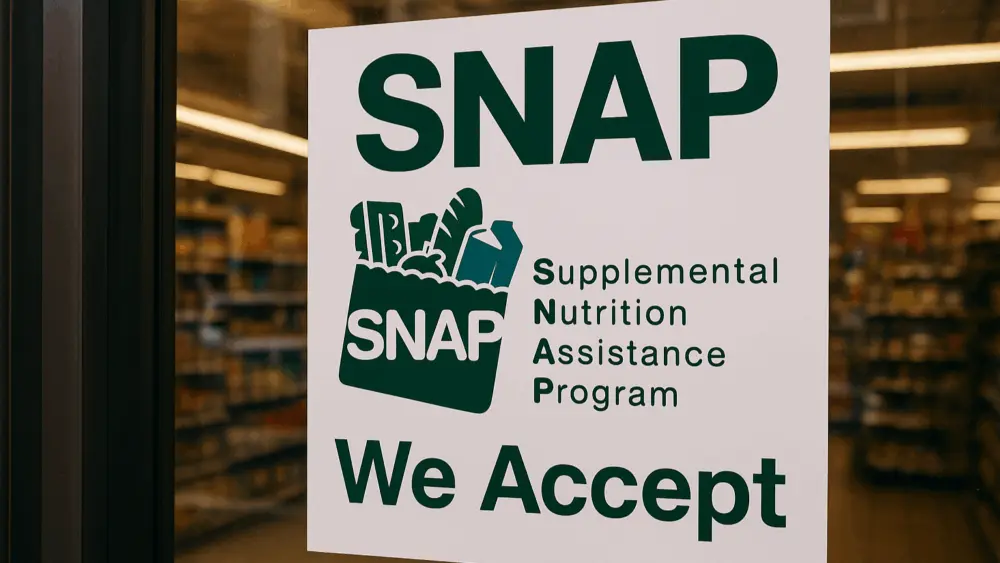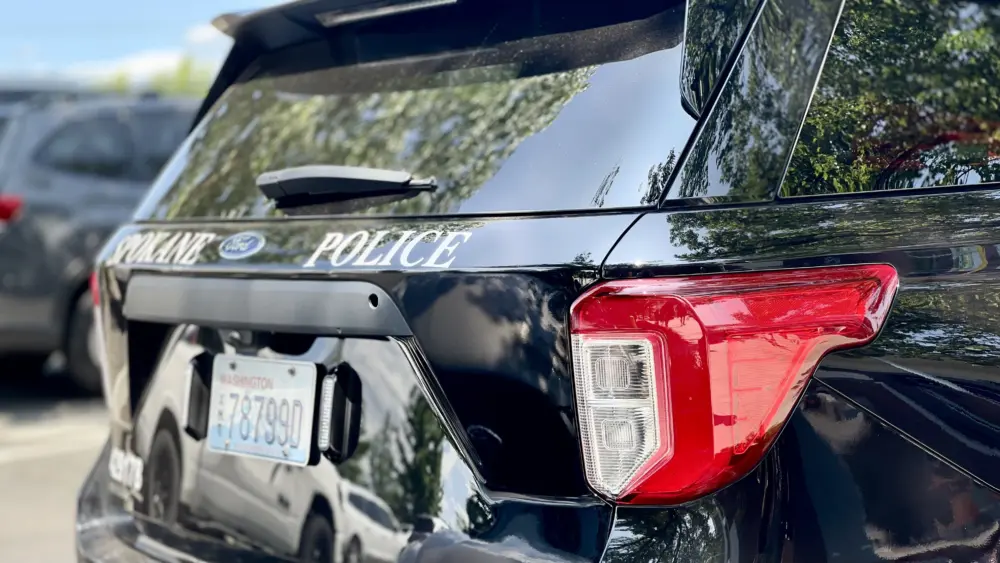BOISE, ID – Idaho’s projected state budget deficit for the current fiscal year 2026 has increased to $58.3 million, according to the state’s latest revenue forecasts and budget documents released this week.
The projected deficit has increased from a month ago, when the state budget was projected to end the fiscal year with a $56.6 million deficit, the Idaho Capital Sun previously reported.
Overall, state revenues have come in below forecasts in three out of the first four months of the current fiscal year, state records show.
According to the November edition of the General Fund Budget Monitor report published by the nonpartisan Idaho Legislative Services Office on Wednesday, total state revenue collections have come in $103.1 million, or 5.8%, less than the revised forecast issued by the Idaho Division of Financial Management. In addition to revenues coming in below budget projections, cumulative revenues have also come in $59.5 million, or 3.4%, below the actual revenue collections compared to the same time period last year, according to the General Fund Budget Monitor.
When it comes to the bottom line, the state general fund is projected to end the current fiscal year 2026 on June 30 with a budget deficit of $58.3 million.
In interviews Thursday, two prominent legislators from two different political parties presented two very different assessments of the budget situation.
“It keeps me up at night,” said House Minority Leader Ilana Rubel, D-Boise. “I cannot underscore enough how dire the situation we are facing is.”
Rubel said 3% budget cuts ordered by Gov. Brad Little this summer are already causing harm to Idaho’s elderly, disabled and low income families. She predicted more cuts will be forthcoming, calling it “a catastrophe.”
Idaho budget committee co-chair says Idaho won’t see a budget deficit
On the other hand, Rep. Wendy Horman, an Idaho Falls Republican who co-chairs the Joint Finance-Appropriations Committee, said the latest monthly budget reports show Idaho’s economy is healthy. She pointed out the state has record levels of savings accounts and cash reserves and said the largest tax cuts in state history are going to provide real benefits to Idahoans.
“We’re coming off the largest tax cut in state history and individual income tax collections are still up,” Horman said.
“I am looking at the trends now, and we have one month up and three months under revenue forecasts, but the numbers are small. They are not off by hundreds of millions. By no stretch is revenue in a free fall – it isn’t.”
Horman said one revenue source – corporate income tax collections – are down by $58.3 million. That number is identical to the projected deficit of $58.3 million.
“You can explain the entire variance simply with corporate income tax numbers,” Horman said.
Idaho legislators are required to pass a balanced budget
The Idaho Constitution requires the state to have a balanced budget and prohibits the state from spending more money than the amount of revenue that is collected.
In simple terms, revenue is the amount of money the state takes in. Idaho’s largest sources of revenue are taxes, specifically individual income taxes, sales taxes and corporate income taxes.
The latest revenue report covers the first four months of the 2026 fiscal year.
“We will set a balanced budget,” Horman told the Sun on Thursday. “The constitution requires it. I am personally committed to it. And I anticipate we will leave as large of a cash balance as we can to carry over into next year to guard against unforeseen circumstances. It was a wise decision to do it last year. And it will be a wise decision to do it again next year while still maintaining the core functions of government.”
Projected budget deficit does not include impact of President Trump’s tax cuts
The projected budget deficit does not include the cost of paying for more than $100 million in supplemental funding requests the Idaho Legislature will consider in 2026. The projected deficit also does not include the cost of conforming to tax changes included in the One Big Beautiful Bill Act that President Donald Trump signed into law this summer.
The nonprofit Idaho Center for Fiscal Policy released a report Nov. 6 estimating that conforming to the personal and corporate tax changes in the One Big Beautiful Bill Act could reduce Idaho revenue by an additional $284.4 million.
“Idaho’s lawmakers should ensure that our state revenue is protected to provide the public services that Idahoans rely on — like our education system, roads, and public safety,” said May Roberts, policy analyst for the Idaho Center for Fiscal Policy. “Idaho’s budget should not take a hit to fund corporate tax breaks that primarily benefit businesses in other states.”
Big budget decisions await Idaho Legislature in 2026
During meetings this month at the Idaho State Capitol, leaders of the Idaho Legislature’s Joint Finance-Appropriations Committee, or JFAC, vowed that the Legislature will intervene to ensure the state ends the fiscal year with a balanced budget.
JFAC is a powerful legislative committee that sets all of the budgets for every state agency and department.
Horman emphasized that Idaho is not now in a budget deficit, and the deficit is a projected forecast. What matters, she said, is where the budget actually stands when the 2026 fiscal year ends.
Idaho runs on a fiscal year calendar that begins July 1 and ends June 30. That means that the current fiscal year 2026 ends June 30.
The latest budget documents released by the state cover the months of July through October, representing one-third of the full fiscal year.
The state’s projected revenue shortfalls are not limited to the current fiscal year. The gap between revenue projections and requested budget expenditures is projected to widen during the upcoming 2027 and 2028 fiscal years, according to budget documents presented to the Legislature’s budget committee earlier this month.
One budget scenario that state staffers presented to JFAC last week showed an estimated budget deficit of $555.2 million – more than half of a billion dollars – for fiscal year 2027.
Horman said that $555 million figure is just a projection and said the Idaho Legislature has never agreed to fund everything that the state agencies requested.
The revenue shortfall is occurring after the Republican-controlled Legislature reduced state revenues by more than $450 million during the 2025 legislative session to pay for tax cuts and a new education tax credit that reimburses families for nonpublic school education expenses, including tuition at private, religious schools.
“Prior budget crises we have faced were due to the housing crisis in 2008 that we had to react to,” Senate Minority Leader Melissa Wintrow, D-Boise, said in a text message to the Idaho Capital Sun last week. “This one is a direct result of the Legislature setting a questionable revenue projection in order to do tax cuts.”
During a Feb. 25 breakfast with reporters, Little said he was not very happy about the reductions in state revenue.
“If I would have thought we could do $450 (million), I would have proposed $450 (million),” Little told reporters Feb. 25.
In contrast to the $450 million worth of revenue reductions, Little proposed $100 in tax cuts and another $50 million for private school education initiatives in his January 2025 State of the State address.
Despite his concern with the revenue reductions, Little did sign each of the tax cuts and the new private school education tax credit into law earlier this year.
The 2025 legislative session begins Jan. 12 at the Idaho State Capitol in Boise.
This story first appeared on Idaho Capital Sun.





